From pv magazine 11/2020
pv magazine: How would you describe the challenge for modeling bifacial and tracking systems?
Keith McIntosh (KM): As you know there are plenty of software packages that can simulate a system. And they do that well enough on a broad level. But what they miss out are the details, and those details are much more important for bifacial.
One of those is shading from the structural components of a system – the torque tube, the tracker supports and clamps and so on. With all of the software that exists at the moment, you have to input details like the shading – you have to tell the software how much shading there is. And you can’t measure that easily. Our software [SunSolve Yield] is specifically designed to account for those details for you. You can put in inputs, for example, of the dimensions of the torque tube and the posts, and then with ray tracing the software tells the user what the result of the shading is [on system power output].
And other variables, beyond system shading?
KM: Another example is the non-uniformity of the light and how it falls on the module, and how the resulting cell-to-cell mismatch reduces output. In a monofacial system the light is pretty uniform, certainly the direct light. On the rear surface of a bifacial system, the light is very non uniform as it’s reflecting off the ground. More of the light will hit the cells closer to the ground and on sunny days more light will hit the cells further from the ground than on cloudy days. For this you need sophisticated optical software.
What was the genesis of SunSolve Yield?
Ben Sudbury [BS]: The core of SunSolve, which has been used by the industry for over five years, as an R&D tool by cell and module manufacturers, is to allow them to experiment with different parameters of their cells and modules. They can use this tool to take experiments that they would have done in the real world and put them in the virtual world.
With SunSolve Yield, we’ve applied this for system designers. We have been working with some of our partners to answer some of these tricky questions [pertaining to bifacial arrays] like whether 1P or 2P is better for a bifacial and tracking system. What we’ve been able to do is to validate all the results that we have been finding in the field, to then take them into the virtual world and then do more experiments there.
And what did the field validation reveal?
KM: We worked with Array Technologies and CFV Solar in the United States, last year. They had a site that was five rows of 30 modules long. That is a very expensive experiment to do. We published a paper at the IEEE conference this year with the results of that [test site]. On a sunny day we were within one percent [of power output] at any one point in time and from our perspective we were very happy with that – particularly as it was our first attempt.
On the cloudy days it is more complicated, and it’s not just because the simulation is more complicated due to effects like varying sky brightness and varying spectra. On cloudy days it is also much more difficult to measure. On the cloudy days we were nearer to 7% variability, at any point of time. Of course, at any one point during the course of the day, the model can be absolutely spot on. But we’re trying to be spot on at all times of day, and throughout the year – to really bring the prediction to the next level.
One of the key developments here, as I understand it, is that you are using cloud computing to deliver the processing power that you need for all of these complicated simulations. How does that work?
KM: In the earlier phases of the industry, nobody really did ray tracing. And that includes academics and researchers – there are a few academic papers on it, but almost nothing at all. That was because the computing was just too slow. By designing this project specifically for PV and the applications required, and by launching it in the cloud, now it is widespread. Practically all of the tier-1 module makers and all of the best-known PV institutes are using ray tracing on a regular basis now. We can now apply this to the system level. We spoke to a company very recently and they told us that it was taking them over one day to complete a simulation. That is not for an annual yield, but a single point in time. We demonstrated to them that we can do that in 10 seconds. That gives you an idea of the step change that has happened in the industry.
BS: We are using 600 computing cores to do those simulations. That means that what used to take days and days to do an annual yield simulation, we can now do in five minutes. The same power that we’ve given to the cell and module manufacturers we are trying to give to the system designers. We are trying to give them that power to sort fact from fiction when vendors come and make claims. It is something that we have already been able to do for the partner companies that have worked with us.
So, let’s solve the debate once and for all: Is 1P or 2P better for bifacial arrays?
BS: (Laughs) We won’t say one is better than the other because it would depend on a lot of variables: the cost of the trackers, orientation and all of these other things. But what we can do is quantify the impact of the choice so developers can then make that call on their own depending on how expensive the different solutions are for them.
KM: Our job is to provide the industry with the tools to answer tough questions like this for themselves.
This content is protected by copyright and may not be reused. If you want to cooperate with us and would like to reuse some of our content, please contact: editors@pv-magazine.com.
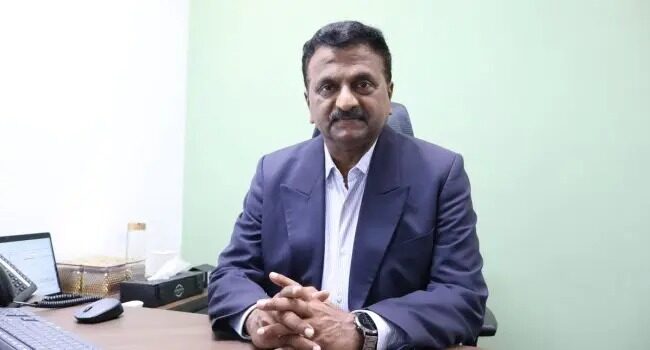


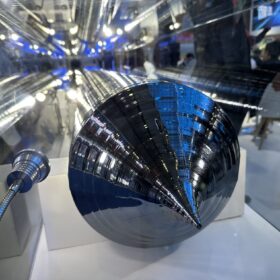
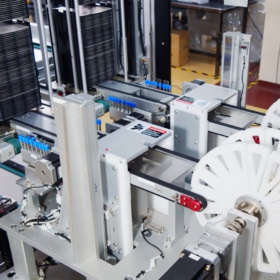
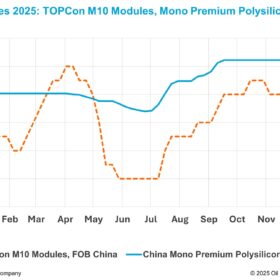
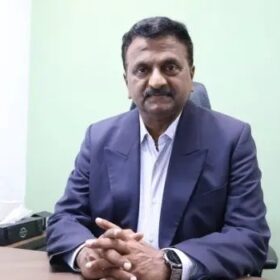
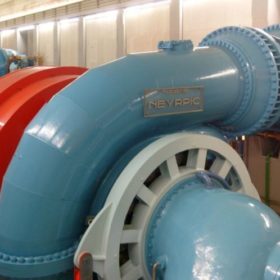
By submitting this form you agree to pv magazine using your data for the purposes of publishing your comment.
Your personal data will only be disclosed or otherwise transmitted to third parties for the purposes of spam filtering or if this is necessary for technical maintenance of the website. Any other transfer to third parties will not take place unless this is justified on the basis of applicable data protection regulations or if pv magazine is legally obliged to do so.
You may revoke this consent at any time with effect for the future, in which case your personal data will be deleted immediately. Otherwise, your data will be deleted if pv magazine has processed your request or the purpose of data storage is fulfilled.
Further information on data privacy can be found in our Data Protection Policy.